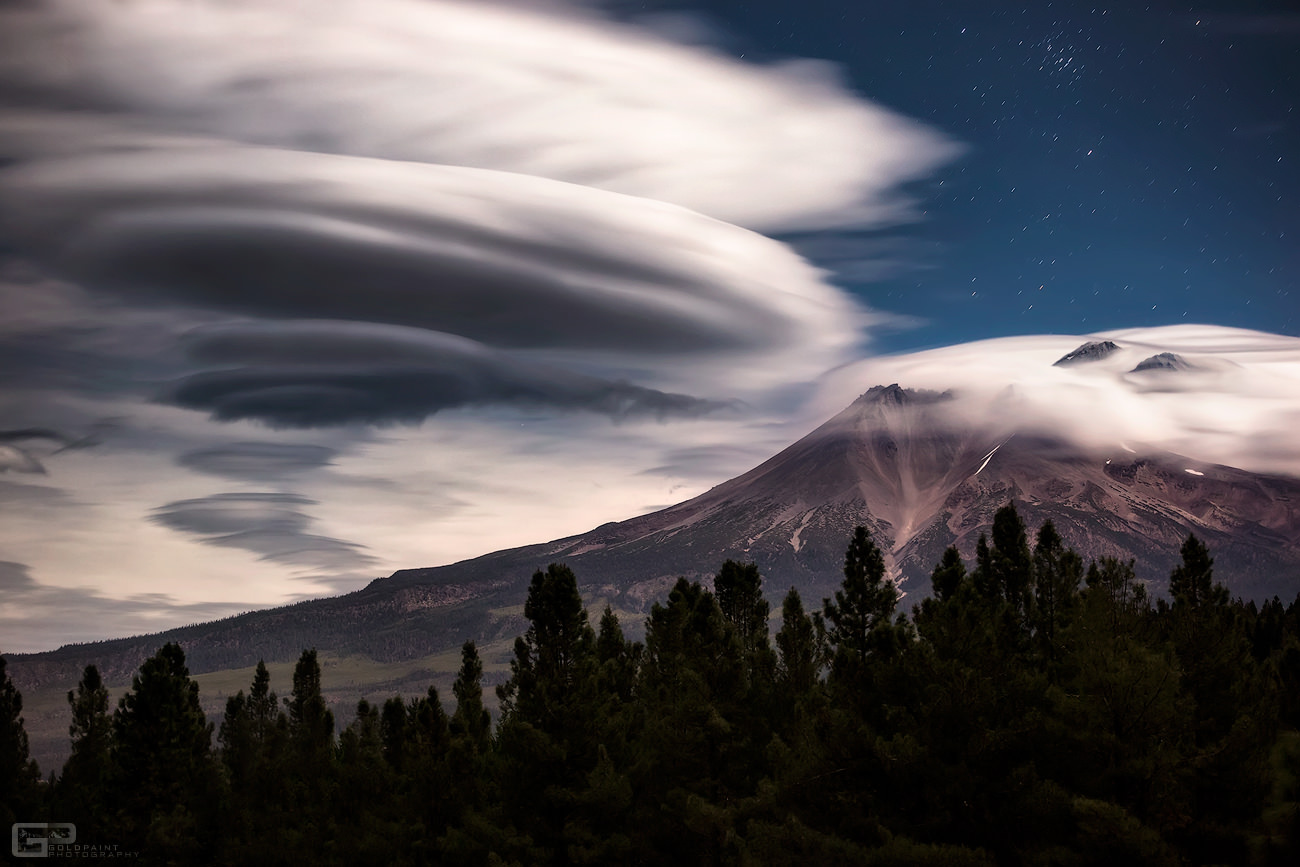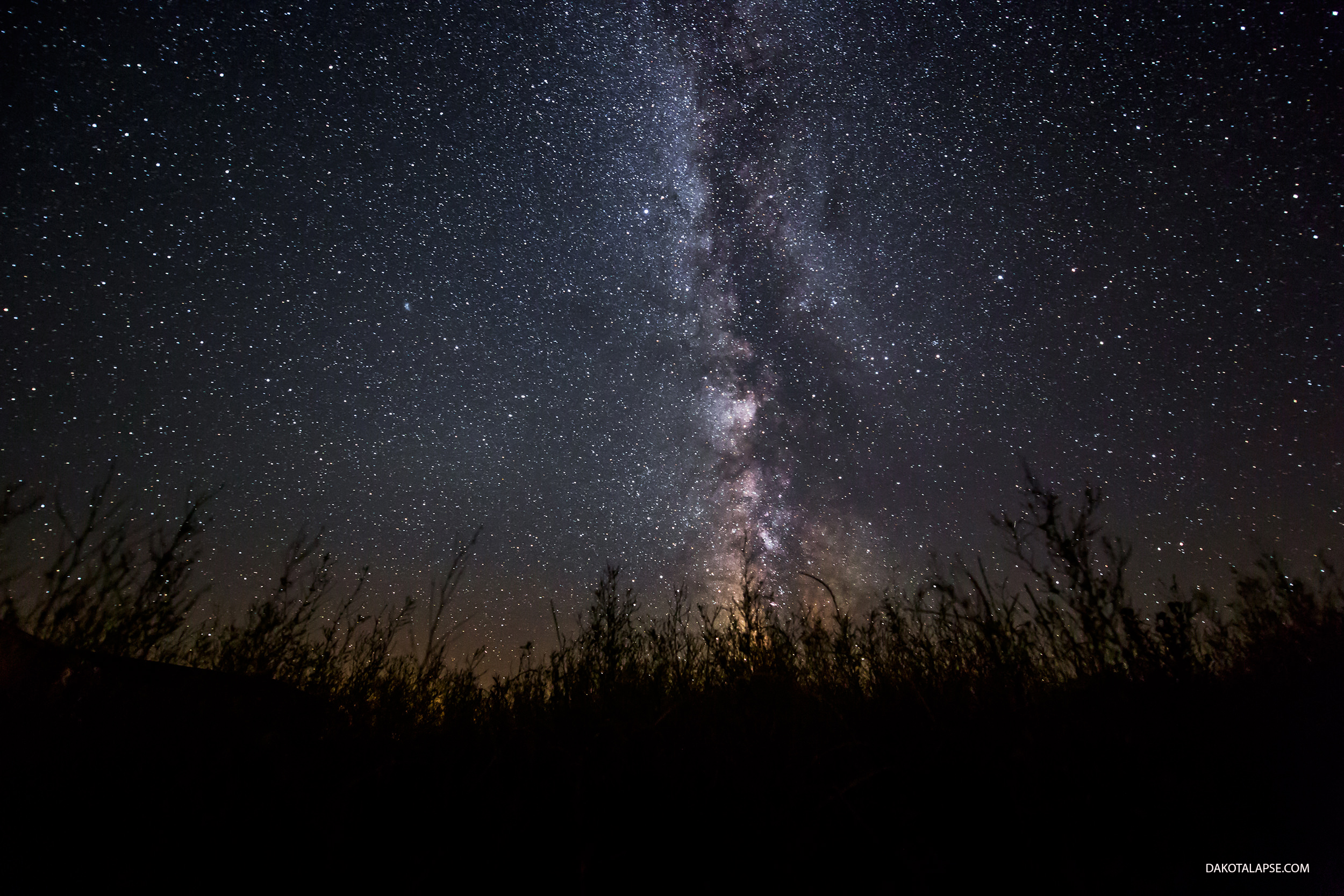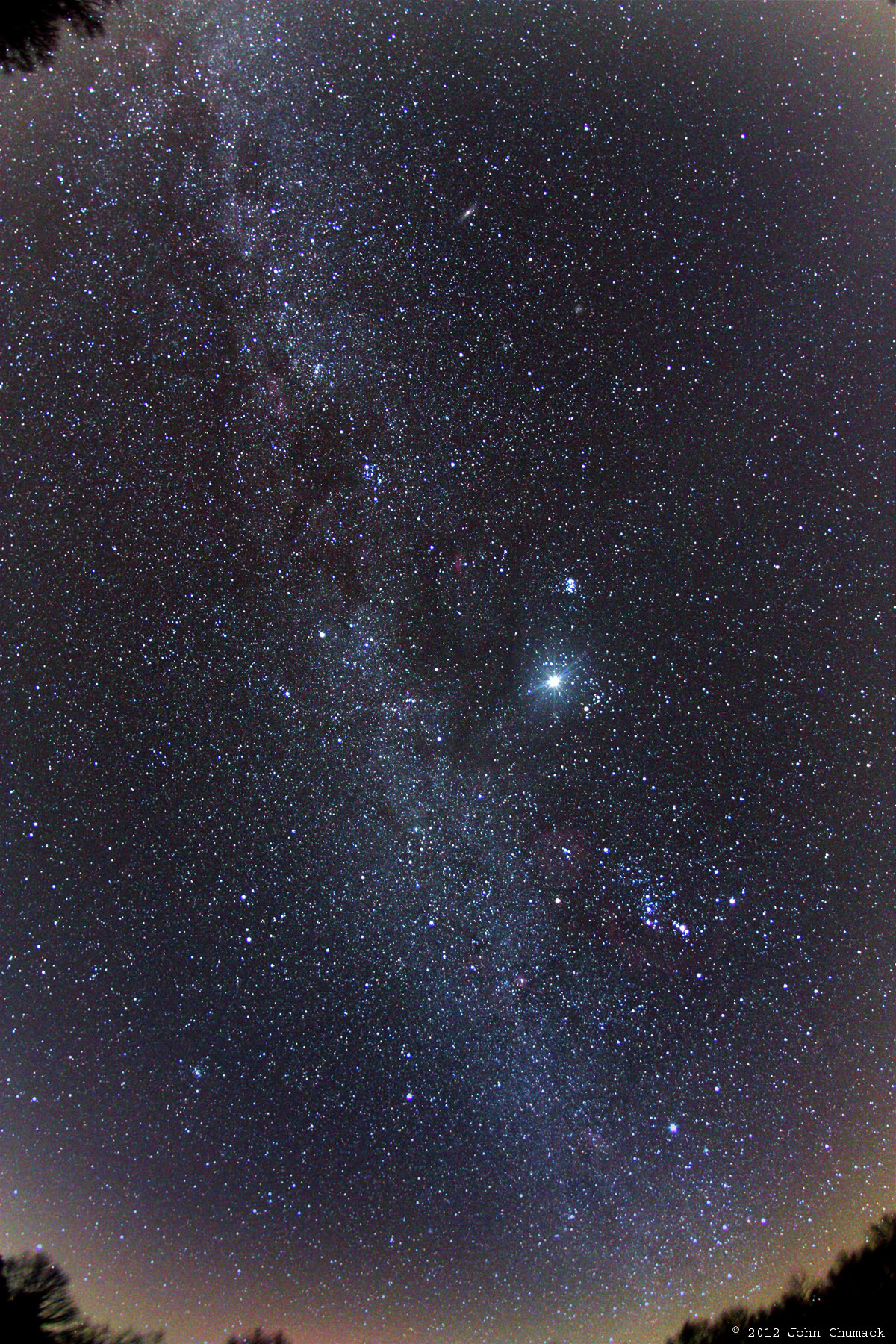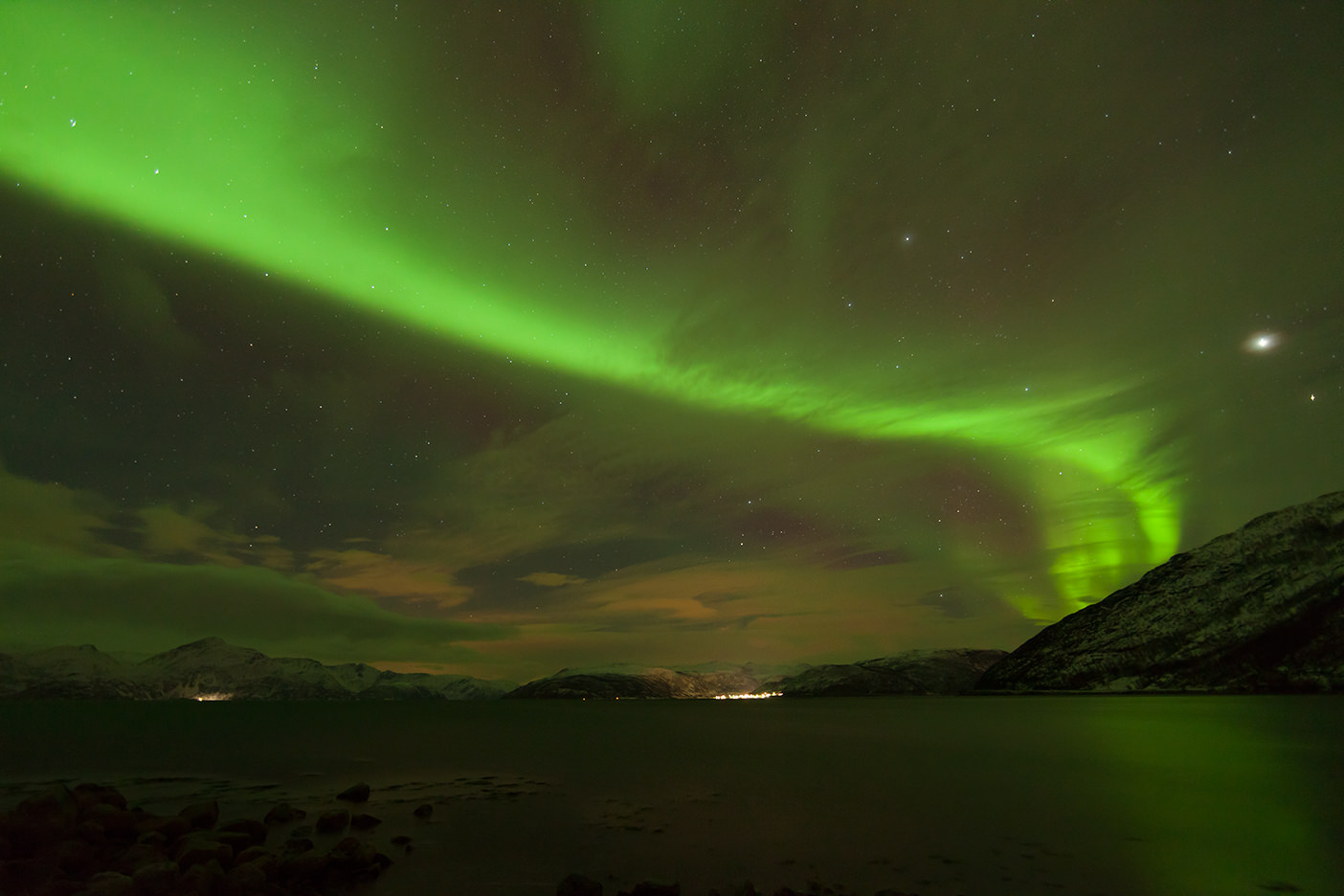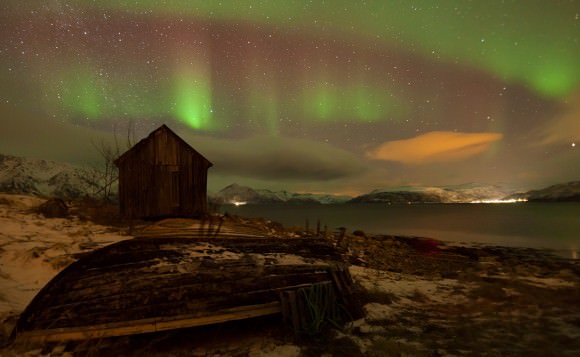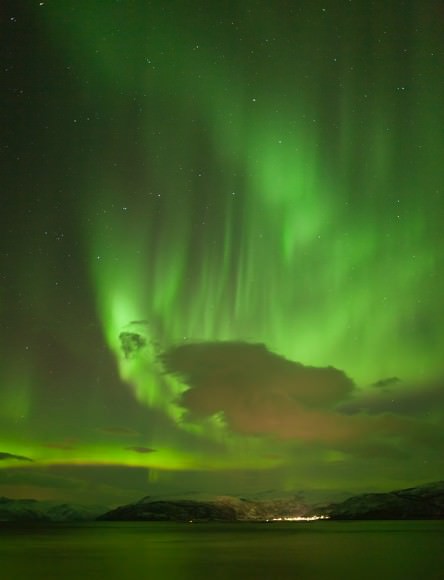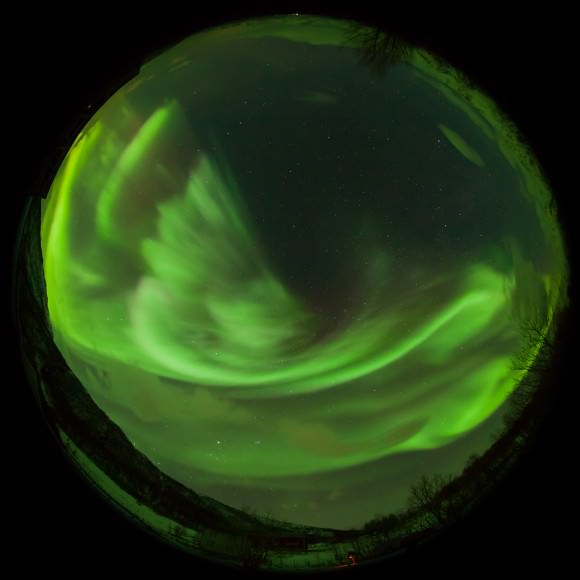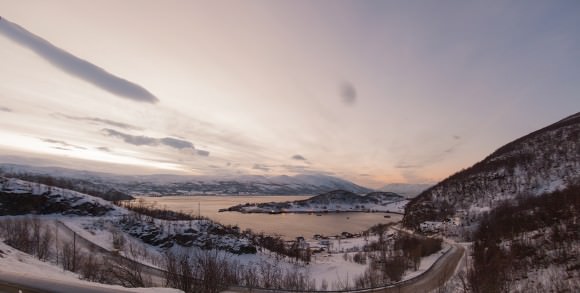Clouds and moonlight are usually the bane of astronomers and astrophotographers. But on a recent evening at Mount Shasta in northern California, the two combined for a stunning look at usual cloud formations called lenticular clouds.
Fortunately for us, photographer Brad Goldpaint from Goldpaint Photography was on hand to capture the event. His beautiful sunset and moonlit images show these strange UFO-reminscent clouds, and the timelapse video he created provides a great demonstration of just how they form.
See the video and more images below:
A few ingredients are needed for lenticular clouds to form: mountains, stable but moist air, and just the right temperature and dew point.
According to WeatherUnderground, these smoooth, lens-shaped clouds normally develop on the downwind side of a mountain or mountain range when the stable, moist air flows over the obstruction and a series of large oscillating waves waves may form. If the temperature at the crest of the wave drops to the dew point, moisture in the air may condense to form lens-like or lenticular clouds. Since the air is stable, the oval clouds can grow quite large appear to be hovering in one place. Hence, the UFO appearance.
In the video, even though the clouds appear to be moving fast, it is a timelapse, so it shows the cloud movement over the entire night, condensed down to 30 seconds. But the video does allow us to see the fluid dynamics or laminar flows in parallel layers that creates the lenticular clouds. Plus, the stars and moonlight add to the beauty of the scene.
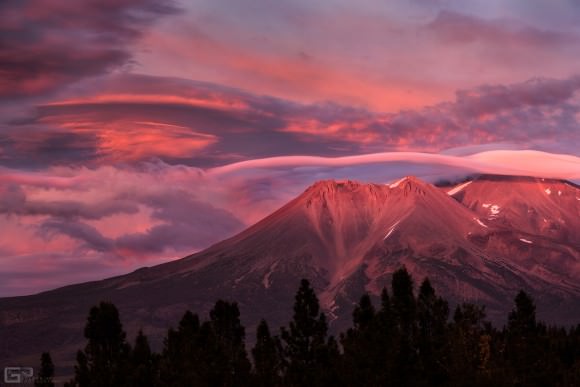
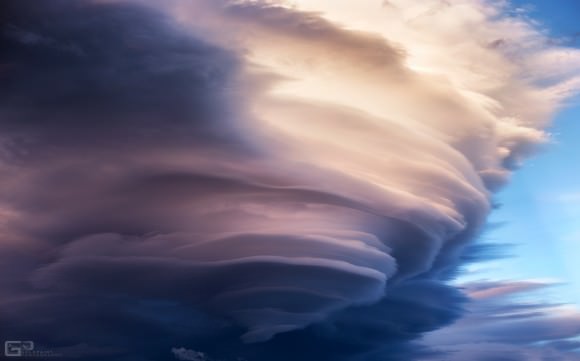
Thanks to Brad for sharing his great work! See more at his website including his series of astrophotography workshops.

